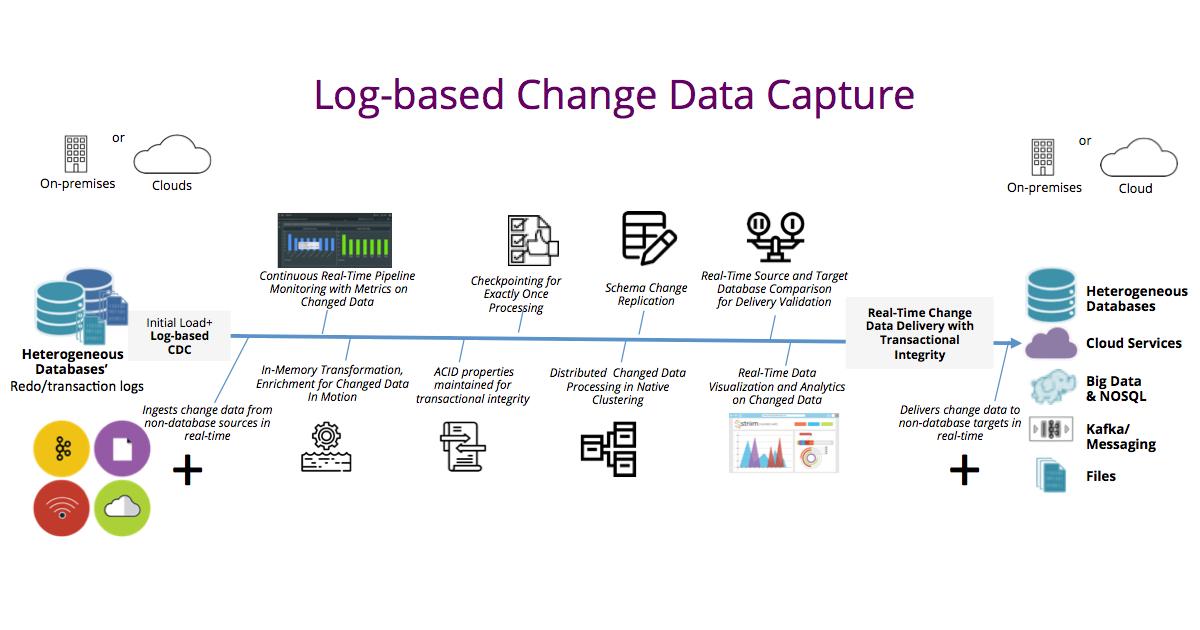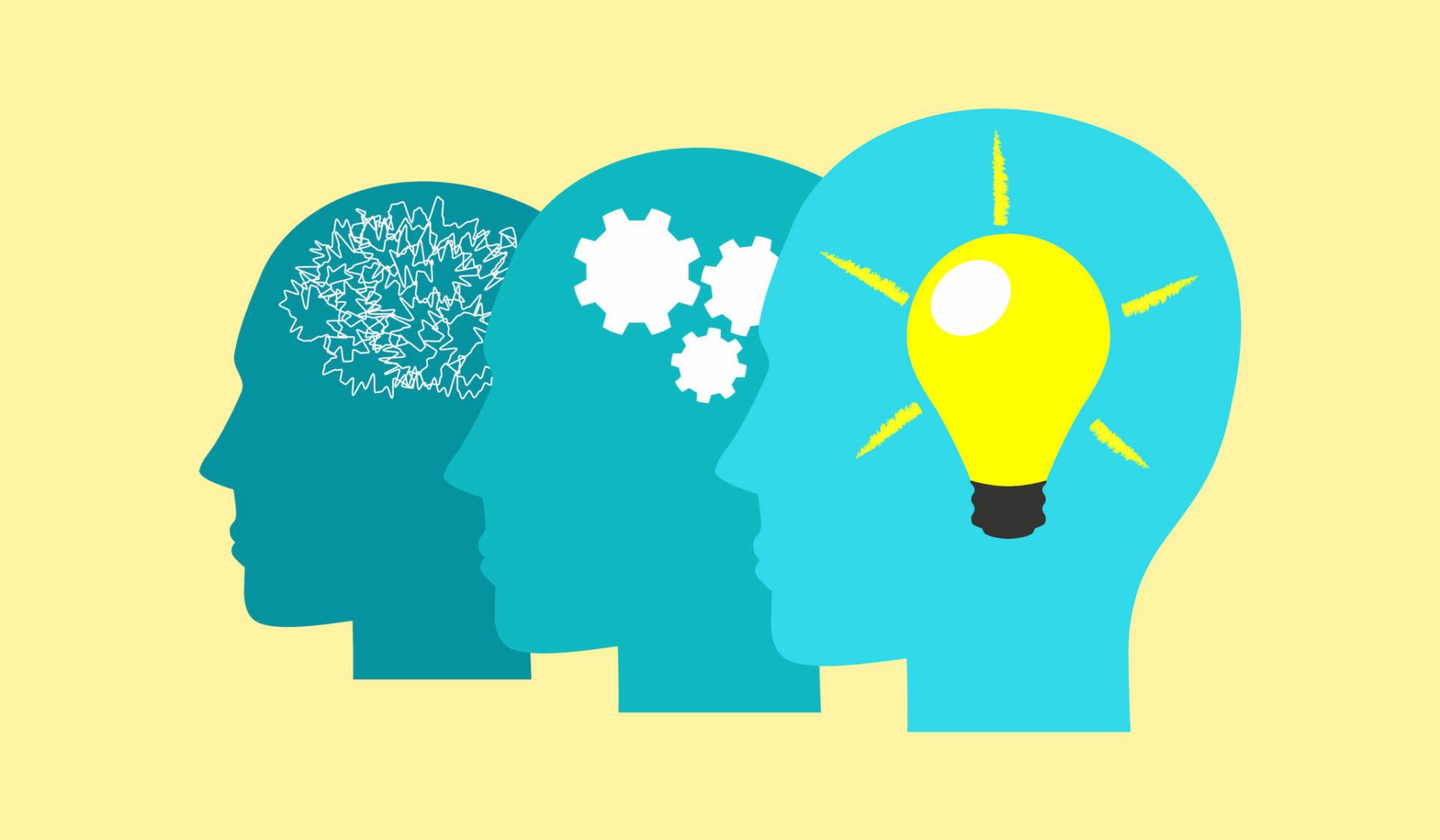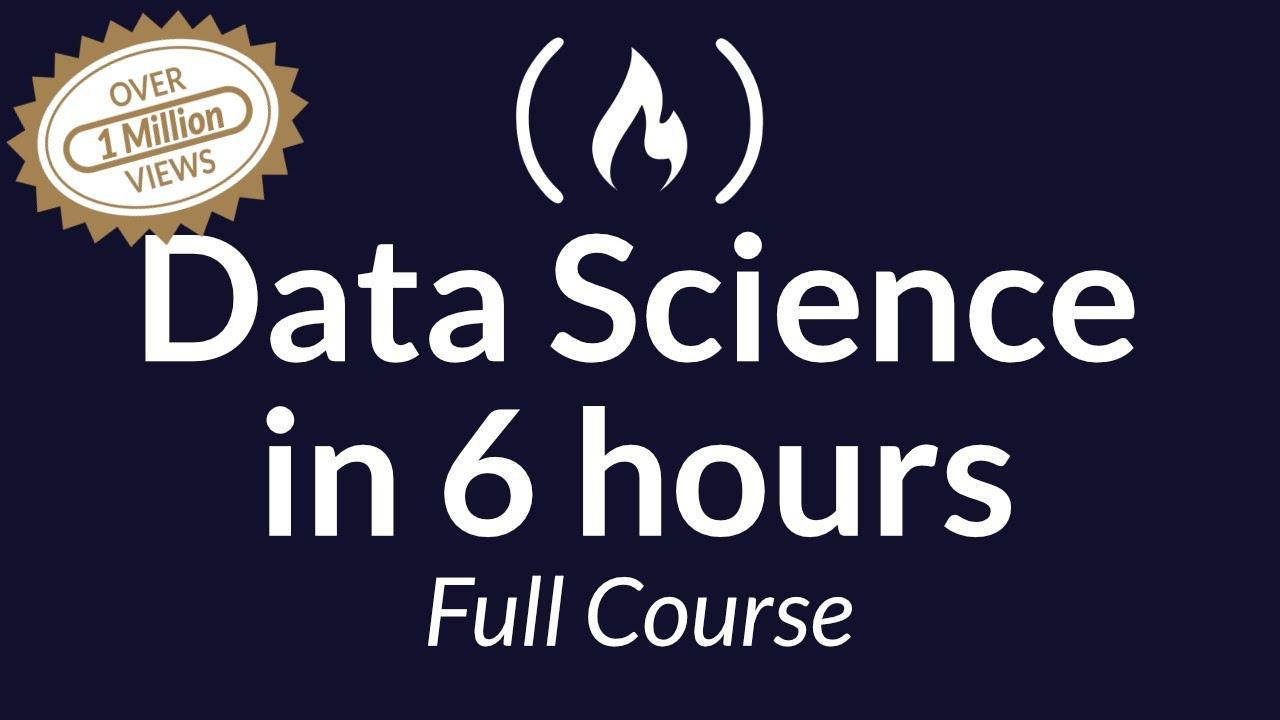When diving into the world of Change Data Capture, it’s important to familiarize yourself with a unique set of terms that will help you navigate this complex process. Whether you’re a seasoned pro or a novice just starting out, understanding the key terms involved in Change Data Capture can make all the difference in successfully utilizing this powerful tool. Let’s explore some of the essential terminology you should know before embarking on your CDC journey.
Key Terminology for Change Data Capture
If you’re delving into the world of Change Data Capture (CDC), there are several key terms you’ll want to familiarize yourself with in order to navigate the process effectively. Understanding these terms will not only help you grasp the concept of CDC, but also enable you to make informed decisions when implementing it in your systems. Here are some important terms to know:
- Capture Instance: The unique identifier for a specific instance of data capture, which allows you to track changes over time.
- Change Data Table: A table that stores metadata about changes made to captured data, such as timestamps and user information.
- Change Data Record: The individual record that represents a change in the captured data, including the specific data before and after the change.
These terms are just the tip of the iceberg when it comes to understanding Change Data Capture. By familiarizing yourself with these key terms, you’ll be better equipped to implement CDC effectively and efficiently in your systems.

Understanding the Basics of Change Data Capture
When delving into the world of Change Data Capture (CDC), there are several key terms that you should familiarize yourself with to fully grasp the concept:
- Change Data Capture (CDC): This is a technique used to track and capture changes made to data in a database.
- Source: The original data location where the changes are made and captured.
- Destination: The target location where the captured changes are stored or replicated.
- Log-Based CDC: This method involves reading the database transaction log to capture data changes.
Understanding these terms will help you navigate the process of implementing Change Data Capture effectively and efficiently. By having a solid grasp of these basics, you can make informed decisions about how to best utilize CDC in your data management strategy.

Essential Terms for Successful Implementation
When working with Change Data Capture (CDC), there are several essential terms that you should be familiar with to ensure successful implementation. Understanding these terms will help you navigate the process more effectively and make informed decisions along the way.
- Capture Instance: A capture instance is a configuration that defines which tables and columns will be monitored for changes. It serves as the starting point for capturing data changes.
- Change Table: A change table is a system-generated table that stores the data changes captured by CDC. It contains columns for the old and new values of the changed data, as well as metadata such as the operation type and timestamp.
- CDC Agent: The CDC agent is a software component that captures data changes from the source system and transfers them to the target system. It plays a crucial role in the data replication process.

Advanced Concepts to Enhance Change Data Capture Operations
Deletion Window: This term refers to the duration in which deleted records are retained in the change data capture system before they are permanently removed. It is important to configure the deletion window according to your business needs to ensure that you have access to historical data for as long as necessary.
Change Tables: Change tables are special database tables that store the captured data changes from the source tables. They are essential components of the change data capture process as they track all the inserts, updates, and deletes that occur in the source tables. Understanding how change tables work and their structure is crucial for effectively utilizing change data capture in your operations.
To Wrap It Up
As you dive into the world of Change Data Capture, remember that knowledge is key. Understanding the terms and concepts discussed in this article will not only help you successfully implement CDC in your projects, but also ensure you make informed decisions along the way. So, arm yourself with this newfound knowledge and embark on your CDC journey with confidence. Happy capturing!





